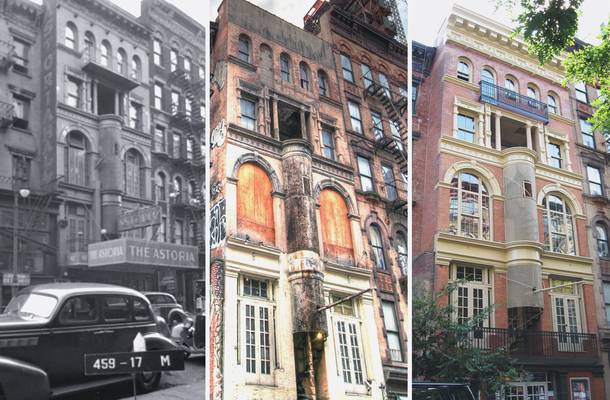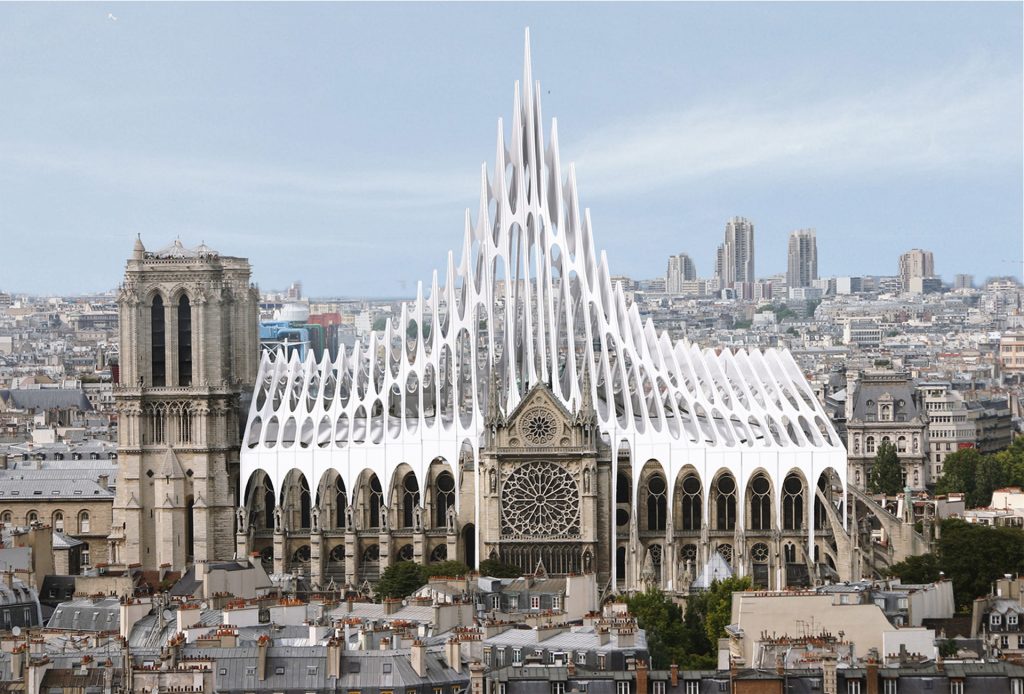According to its value:
- Historical heritage
- Artistic heritage
- Cultural heritage
CULTURAL IDENTITY (The set of intangibles features that belong to and define a collective)
In the 2nd half of XX century is formulated the concept of CULTURAL ASSEТ (broader) that will integrate objects with historical or artistic valueе, and also any expression, manifestation or significant testimony of human culture with the documentary capacity.
The first use of the term “cultural asset” in an official document was in the 1954 HAGUE CONVENTION, convened under the patronage of Unesco to agree on the protection of cultural property in the event of armed conflict. It contemplated movable and immovable proрerty with great importance for the culture of the peoples.
In 1972, UNESCO proposed a new classification of cultural property. Monuments: architecture, sculpture, painting, archeology, caverns, inscriptions, elements of universal value from the point of view of history, art, or science.
Sets: groups of constructions, whose architecture and integration with the landscape give them exceptional value from the historical, art, or science point of view.
Places: works of man and nature with universal value aesthetic, from the historical, ethnological anthropological point of view.
monument, works of art, antiques, historical documents + habits, customs, economy, production, gastronomy … witnesses of a culture (testimonial value) = CULTURAL ASSET
WHAT WE HAVE TO PRESERVE?
Every aspect of a building must be taken care of:
- matter
- construction techniques
- shapes, dimensions
- colours, materials, textures
- character
- use
- environment
- meanings
HOW TO PRESERVE?
1.legislative instruments
- TO PROTECT
- INVENTORY
- TO LIST
2.interventions
CONSERVATION:
- reservation
- maintenance

Building Painting
- consolidation
- repairing
- restoration
- adaptation
- reconstruction
- anastylosis
- ripristinar


